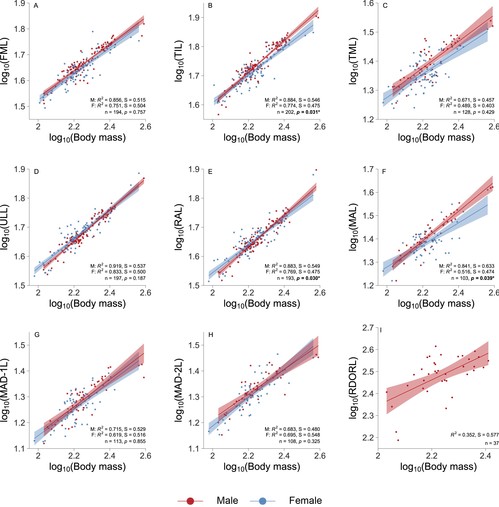Recently, the Proceedings of the National Academy of Sciences (PNAS) published the latest research results from the collaboration of Professor Pan Yanhong, Ph.D student Zhou YiBo from Nanjing University, Profossor Zhou Zhognhe and Wang Min from the Insitute of Vertebrate Paleontology and Paleoanthropology of the Chinese Academy of Sciences, Zheng Xiaoting from Shandong Tianyu Natural Museum, and Professor Wang Xiaoli from Linyi University. The study reported evidence of sexual dimorphism in the early Cretaceous Confuciusornis, providing crucial insights into the role of sexual selection in the early evolution of birds.
The impact of sexual selection on the evolution of birds has been widely acknowledged. Although sexual selection has been hypothesized as a driving force in the occurrences of numerous morphological features across theropod evolution, this hypothesis has yet to be comprehensively tested due to challenges in identifying the sex of fossils and by the limited sample size.
Confuciusornis sanctus, arguably the best-known early avialan, is represented by thousands of well-preserved specimens from the Early Cretaceous Jehol lagerstätte. So, it provides an opportunity to study the impact of sexual selection in extinct vertebrates. Among the fossil specimens, some exhibit characteristic elongated paired rectrices, while others do not. Previous studies suggested that the characteristic elongated paired rectrices could be a characteristic exclusive to males. Building on the largest sample size of C. sanctus to date, researchers conducted morphological studies.
The results revealed that the elongated paired rectrices in C. sanctus represents a sexual dimorphic trait. Statistical analyses further demonstrated sexual dimorphism in body size, relative skeletal lengths and allometry pattern (Figures 1 and 2). Males of C. sanctus exhibited larger body size compared to females (Figure 1). Additionally, the relative lengths of hind limb and major metacarpal in males were longer compared to females, it was due to faster growth rate of hind limb in males (Figure 2). Researchers proposed that the longer hind limbs in males may compensate for aerodynamic costs caused by elongated paired rectrices. A similar phenomenon in extant birds with elongated tails is that longer wings are often seen in males. Furthermore, the study suggests that the male individuals with larger body size and longer hind limbs likely had greater reproductive success.
These results represents the earliest known sexual dimorphism in the evolution of basal birds. Such research highlights the joint role of natural and sexual selection in the evolution of body size and relative limb lengths during the early evolution of birds, deepening our understanding of the role of sexual selection in the macroevolution from non-avian dinosaurs to basal birds.
Professor Stephen L. Brusatte from the University of Edinburgh, in a commentary published in the same issue of the Proceedings of the National Academy of sciences, emphasizes that this is an impressive attempt to identify both sexual dimorphism and sexual selection in the dinosaur-bird fossil record. The results provided evidence of sexual dimorphism and ornamentation in this C. sanctus, suggesting that sexual selection played a significant role in the evolution of birds, raising questions about the role of sexual selection in the development of flight in dinosaurs. He also suggests that sexual selection may have driven the evolution of dinosaur wings, making flight an unexpected outcome of these elaborate ornamental traits.
This research was supported by the National Natural Science Foundation of China, the Strategic Priority Research Program of Chinese Academy of Science, and the Fundamental Research Funds for the Central Universiteis.
Original Article: https://doi.org/10.1073/pnas.2309825120
Commentary in the same issue: https://www.pnas.org/doi/10.1073/pnas.2320846121

Figure 1. Sexual size dimorphism in C. sanctus.

Figure 2 Sexual dimorphism in allometric growth pattern